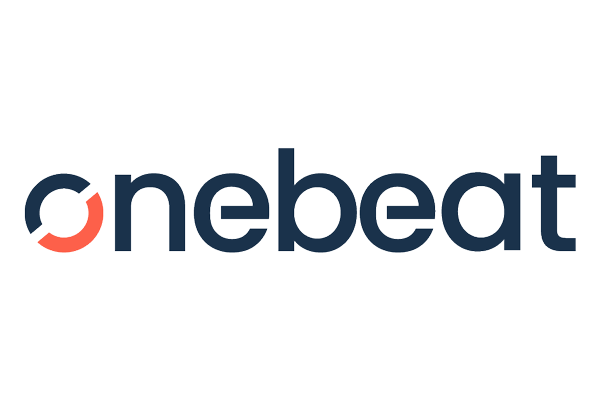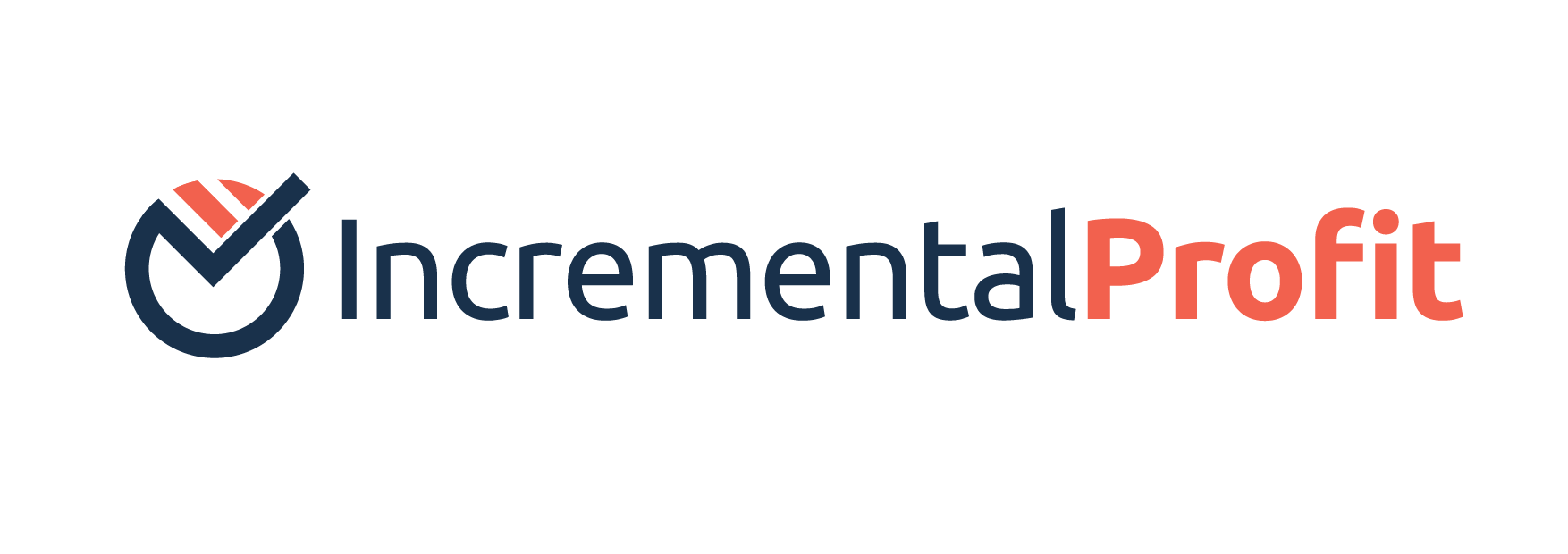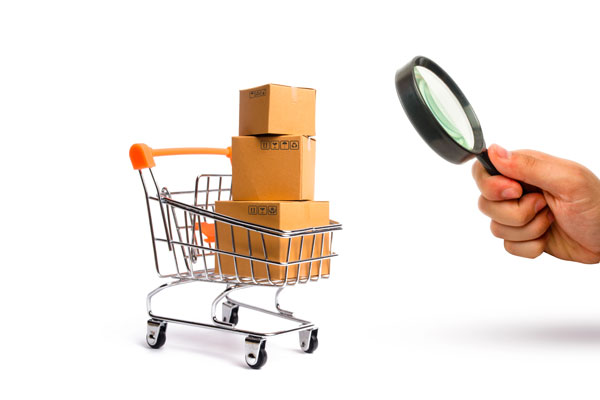Introduction Retailers sit in a paradox: customers see “out of stock” while back-of-shop stores and…

Onebeat: Smarter Inventory Alignment for Real-Time Demand
The Traditional Inventory Dilemma
Anyone who manages inventory, procurement, or distribution knows the balancing act: stock too much of the wrong product and it ties up cash (and might never sell), but stock too little of a hot seller and you miss out on sales. Traditional inventory planning relies heavily on forecasts made months in advance. The reality? Customer tastes change, trends come and go, and forecasts often miss the mark. It’s estimated that 15–30% of manufactured clothing is never sold at all, ending up as waste (Onebeat, 2024a). Meanwhile, stores frequently find shelves packed with items shoppers don’t want, and empty of the items they do want, thanks to rigid plans that can’t adapt to real-world demand shifts. This disconnect leads to excess inventory, wasted products, lost sales, and shrinking profit margins for retailers.
What is Onebeat?
Onebeat is a solution designed to fix this imbalance. In simple terms, Onebeat is an AI-driven inventory optimization platform that continuously adjusts stock levels based on what’s actually selling, in real time. Instead of sticking to a static forecast, Onebeat looks at actual sales day by day, store by store, and helps make daily inventory decisions for each product (SKU) in each location (Onebeat, 2024a). Think of it as an autopilot for your inventory: it makes sure every store has the right products at the right time, dynamically aligning inventory with real demand rather than a prediction.
Founded by supply chain experts from the Goldratt Group, Onebeat is built on the Theory of Constraints, a management approach that focuses on removing bottlenecks. In practice, this means Onebeat zeroes in on whatever is limiting sales (like stockouts or overstocks) and works to resolve it quickly (Onebeat, 2024a). The platform transforms raw data—like sales, inventory levels, and logistics—into real-time actions that optimize stock where it’s needed most.
How Onebeat Works (AI + Daily Adjustments)
Unlike traditional planning, Onebeat updates the plan every day. Its AI analyzes real-time sales and customer behavior, identifying which products are moving fast or slow at each store. It then recommends actions like replenishing fast sellers, transferring excess stock, or liquidating underperformers—all at the SKU-store level (Onebeat, 2024a).
Crucially, Onebeat doesn’t rely on rigid forecasts. It embraces real-time variability and adapts as things change. The result is a system that constantly rebalances inventory, ensuring hot items stay in stock and slow-movers don’t pile up. This agility means fewer missed sales, less excess, and a leaner, more responsive supply chain.
Key Benefits of Onebeat
-
Higher Sales and Sell-Through: Retailers typically see a 15% increase in sell-through, meaning more of what they buy actually sells—without markdowns (Onebeat, 2024a).
-
Fewer Stockouts: Users report 71% fewer stockouts, thanks to faster reallocation and more accurate replenishment (Onebeat, 2024a).
-
Less Waste and Lower Overstock: Inventory can often be reduced by 33%, saving on storage and reducing obsolete stock (Onebeat, 2024a).
-
Better Margins: Margins typically increase by 3–5%, as more products are sold at full price and holding costs drop (Onebeat, 2024a).
-
Faster Inventory Turns: Inventory turnover has improved by up to 60% for many Onebeat clients, making the business more agile (Onebeat, 2024a).
These improvements help retailers sell more, waste less, and respond faster to demand—all with the same or even reduced inventory levels.
Rapid Results in 90–120 Days
Onebeat is also fast to implement. Unlike systems that take years, most retailers see tangible improvements within 90 to 120 days of launch (Onebeat, 2024a). This is possible because Onebeat is cloud-based and integrates with existing systems, using your current data to start optimizing from day one.
Who Should Use Onebeat?
Onebeat is especially valuable for those involved in:
-
Replenishment
-
Allocation
-
Distribution
-
Liquidation
From inventory planners to buyers and distribution managers, anyone making stock decisions will benefit from daily, data-driven insights (Onebeat, 2024a). Whether you’re determining how much to buy, where to send it, or what to discount, Onebeat simplifies and strengthens the process.
Widespread Adoption
Onebeat isn’t a niche tool—it’s trusted by over 250 retailers worldwide, including global names like Calvin Klein and Panasonic (Onebeat, 2024a). These companies have seen measurable impact from the platform’s dynamic execution engine.
Conclusion: Agile Inventory Management Is Here
In a fast-moving world, agility is critical. Onebeat turns inventory from a rigid guessing game into a responsive engine that adapts daily. If you manage inventory, procurement, or distribution, Onebeat will help you sell more, waste less, and react faster.



